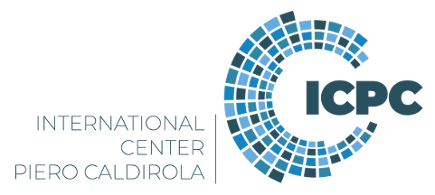Speaker
Description
The heat and particle exhaust in tokamaks is guided to a dedicated region called the divertor. Unmitigated, the expected power fluxes impacting the divertor targets during reactor relevant operation exceed present-day engineering limits [1]. Real-time feedback control of plasma detachment, a regime characterized by a large reduction in plasma temperature and pressure at the divertor target, is required to maintain a sufficient reduction of these fluxes [2, 3]. During plasma detachment a temperature gradient along the divertor leg is established. This gradient gives rise to a sharp optical emission fall-off, frequently referred to as a front. These fronts are indicative of a local electron temperature, and their location can be used as a measure of detachment strength. A real-time algorithm for detection of these radiation fronts using multi-spectral imaging was recently developed [4], and experimentally demonstrated [5] on the Tokamak à Configuration Variable (TCV) [6] utilizing the multi-spectral imaging diagnostic MANTIS [7].
In this talk, we will show the state-of-the art and further development of using MANTIS for feedback control of the divertor plasma. Including: 1) feedback-control of the C-III emission front using deuterium fueling and the N-II emission front using nitrogen seeding, and 2) the use of system identification techniques to obtain control-oriented models for offline controller design. We conclude with our view towards multi-input, multi-output (MIMO) control of the divertor plasma using MANTIS, fully exploiting its 10 available cameras. Specifically, combining multiple spectrally filtered images to obtain real-time information on the loss processes driving detachment.
References
[1] R. Pitts et al., Nucl. Mat. Ener. 20, 100696 (2019)
[2] B. Lipschultz et al., Nuclear Fusion 56, 056007 (2016)
[3] A. Leonard, Plasma Phys. Control. Fusion 60, 044001 (2018)
[4] T. Ravensbergen et al., Nucl. Fusion 60, 066017 (2020)
[5] T. Ravensbergen et al., Nat. Commun. 12, 1105 (2021)
[6] S. Coda et al., Nucl. Fusion 59, 112023 (2019)
[7] A. Perek et al., Rev. Sci. Instrum. 90, 123514 (2019)

